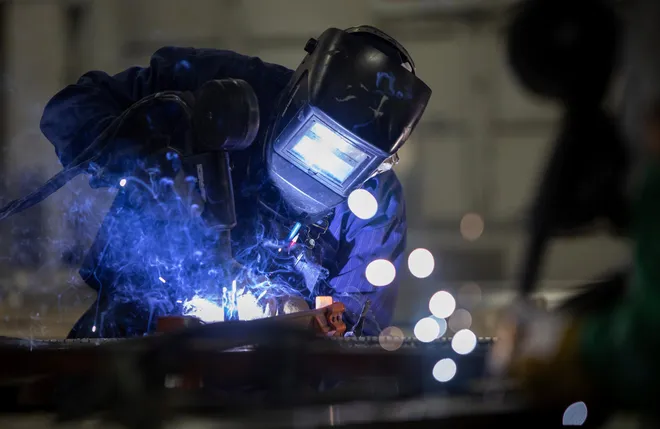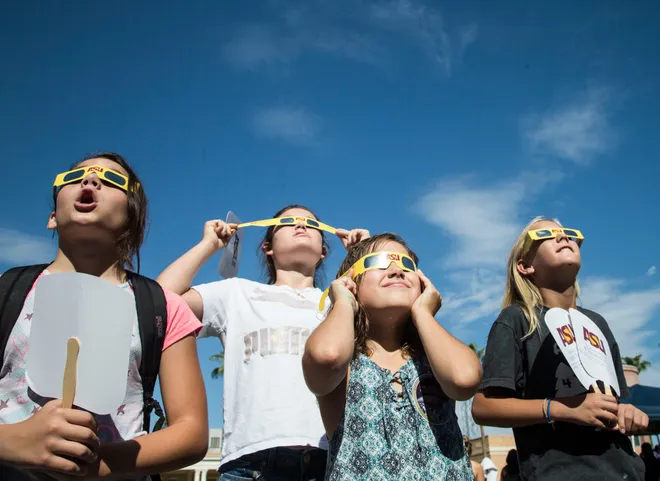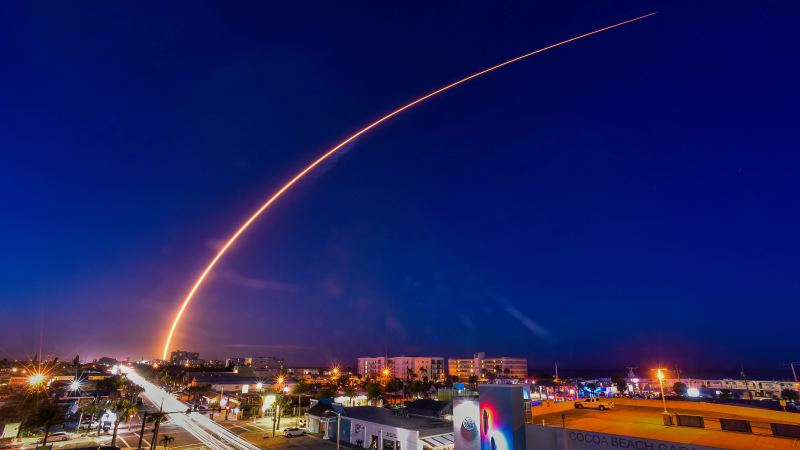No, welding glasses (probably) aren't safe to watch the solar eclipse. Here's why.
If certified eyewear to watch the impending total solar eclipse is becoming hard to come by, many would-be skygazers may be tempted to find other alternative methods to witness the spectacular sight.
And if you're a welder, you may think you've already got just the perfect piece of equipment in your workshop. But beware: Experts warn that those old reliable welding goggles you've got sitting on a shelf likely aren't capable of adequately withstanding the sun's powerful rays and protecting your vulnerable eyes.
Any welding lenses weaker than a Shade 12 filter – a number that indicates the level of protection offered – just aren't going to cut it when it comes to gazing skyward on April 8 in anticipation of the moon blocking all but the sun's outermost layer.
Here's what to know about how to ensure your welding goggles are safe for viewing the total solar eclipse.
2024 total solar eclipse guide:How to watch, understand and stay safe on April 8
Are welding goggles ever safe to view a total solar eclipse?

Most people don't go around during the day looking up at the sun for any extended period of time – at least, not without significantly impairing their vision.
But a total solar eclipse is a rare and stunning enough of an event that millions of people across the United States are going to want to do just that on April 8.
Fortunately, safety glasses make it possible for spectators to gaze up at the sun to catch the moment of totality, whereby the moon passes in front of it and appears large enough to us on Earth to completely block the sun's light. That moment also offers skygazers an uncommon glimpse of the sun's outermost layer known as the corona.
While certified solar eclipse glasses are the preferred method for viewing the eclipse, alternative methods do exist that don't necessarily sacrifice one's safety.
However, most welding lenses aren't dark enough to serve as adequate protection, according to Phillips Safety, a manufacturer of occupational safety products. Welding glasses with the darkest shade level of 14 serve as the best protection, but are uncommon and not widely available in most neighborhood hardware stores, Phillips Safety said.
Interactive maps:How long will the solar eclipse darkness last in your city?
What to know about shades and filters on welding lenses
The shade level on welding goggles typically ranges from 4 to 14, with the lenses being darker the higher the number.
According to NASA, any welding lenses that are at least a Shade 12 are safe for viewing a total solar eclipse, but because most types of welding don't require eyewear with filters that dark, they're hard to come by.
What's more, most people may still find the sun too bright with a Shade 12 pair of goggles, while Shade 14 protection may make it too dim, NASA said.
Phillips warns against using welding glasses without a marking that designates the shading level unless you're confident you're not taking an unnecessarily risky gamble. The manufacturer, which advertises Welding Glasses Shade 14 for sale on its website, says the eyewear is made of material much darker than solar eclipse glasses designed to block out all visible light except for a small amount of green light.
However, it's important to note that the American Astronomical Society maintains a list of reputable vendors of solar eclipse viewers that doesn't include any suppliers of welder's filters.
Move over, 2017 solar eclipse:Here's why the 2024 event will be bigger and better.
How to find certified solar eclipse glasses

Certified eyewear that is specially designed to safely take in a solar eclipse remains the best bet for those intent on witnessing the last one of these incredible astronomical events in North America for 20 years.
But with the total solar eclipse less than two weeks away, it's time to start checking local libraries, astronomical observatories, schools and other public agencies that may be giving away eclipse glasses for free. Many eclipse websites like GreatAmericanEclipse.com and NationalEclipse.com also sell a variety of eyewear products, along with plenty of other gadgets one may need to see the eclipse.
Crafted to block nearly all visible, infrared and ultraviolet light, these glasses are much stronger than regular ol' sunglasses. Just be warned: Plenty of fakes and imitators exist.
The real deal are in compliance with the International Organization for Standardization, which mandates that to be verified, only a certain amount of sunlight can transmit through the filters. Fortunately, the astronomical society makes it easy to check a potential purchase with its aforementioned curated list of vendors.

What makes a total eclipse unique compared to partial solar eclipses is that the millions of people who witness it in the United States will have an opportunity to safely gaze upon the sight with the naked eye. That moment will come when totality occurs and the moon ushers in darkness by blocking the sun's disk.
Hundreds of cities in 13 states are on the path of totality for this year's solar eclipse, which will pass from southwest to northeast across North America. And as you make your eclipse-viewing plans, these interactive maps should help you chart the time and duration for when totality would occur in cities along the path
Eric Lagatta covers breaking and trending news for USA TODAY. Reach him at elagatta@gannett.com
Disclaimer: The copyright of this article belongs to the original author. Reposting this article is solely for the purpose of information dissemination and does not constitute any investment advice. If there is any infringement, please contact us immediately. We will make corrections or deletions as necessary. Thank you.






